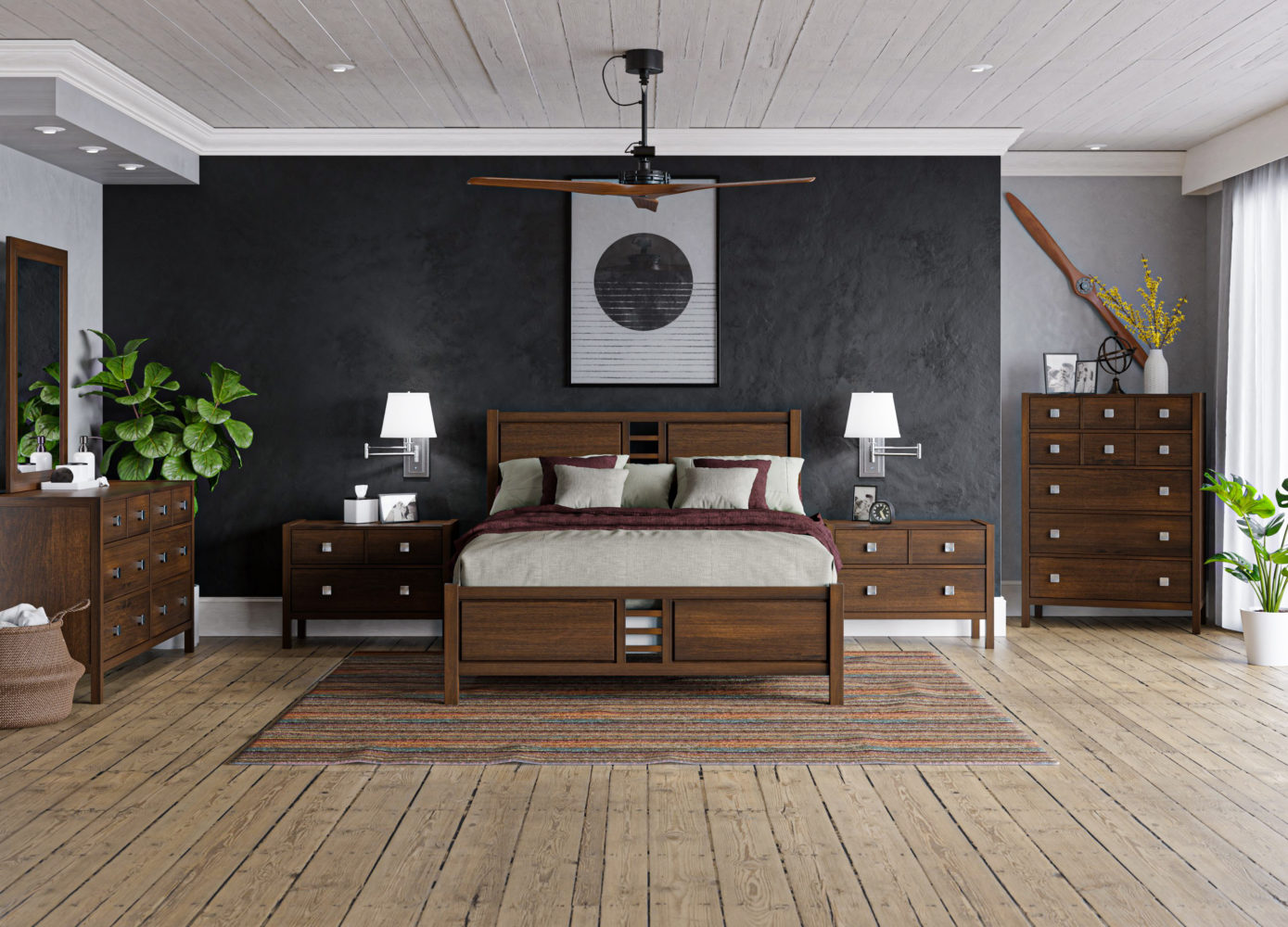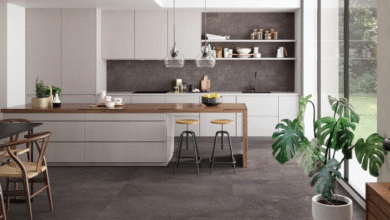
When choosing the perfect bedroom sets for your home in North Riverside, IL, one of the biggest decisions you’ll face is selecting the right wood type. Among the most popular choices are solid oak and solid pine—each offering a unique combination of beauty, strength, and character. But how do they truly compare?
In this guide, we’ll explore the key differences between solid oak and solid pine beds, helping you make an informed decision that suits your style, budget, and durability needs. If you’re planning to upgrade or purchase new bedroom sets for your home, this detailed comparison will serve as your go-to resource.
Understanding the Basics: Oak vs. Pine
What Is Solid Oak?
Solid oak is a hardwood derived from the oak tree. Known for its high density and strength, it has been used in furniture making for centuries. The wood grain of oak is tight, often featuring beautiful swirls and natural knots that give each piece a distinct look.
What Is Solid Pine?
Solid pine, on the other hand, is a softwood. It’s lighter, more flexible, and typically grows faster than oak, making it a more affordable option. Its grain is straighter, with fewer imperfections, and it often has a creamy or yellowish tone.
Durability and Strength Comparison
Solid Oak Beds
- Highly durable and resistant to dents and scratches.
- Long-lasting and ideal for heirloom furniture.
- Withstands heavy weight and movement without creaking or bending.
- Great for master bedrooms or high-use environments.
Solid Pine Beds
- More prone to dents, scratches, and marks.
- Still durable, but less so than oak.
- Better suited for guest rooms or light-use areas.
- Easier to work with and repair if damaged.
Aesthetic Appeal and Finish
Oak Beds
- Rich, classic appearance with a variety of warm tones like honey, chestnut, and deep brown.
- Complements traditional, rustic, or farmhouse-style interiors.
- Ages beautifully, developing a natural patina over time.
- Can be stained in darker shades to enhance its grain.
Pine Beds
- Lighter color with a soft, youthful look.
- Perfect for modern, minimalist, or Scandinavian styles.
- Accepts paint well—great for colorful bedroom themes.
- Often shows knots and sap streaks that give it a natural charm.
Weight and Mobility
- Oak: Significantly heavier. Once placed, it’s difficult to move without assistance.
- Pine: Lighter in weight. Easier to transport and reposition in your room.
If you frequently rearrange your bedroom or live in a space where flexibility is key, pine might offer a more manageable solution.
Cost and Affordability
Solid Oak Beds
- Higher price due to longer growing time, density, and quality.
- Viewed as a long-term investment.
- Requires a larger upfront budget but pays off in durability and elegance.
Solid Pine Beds
- More budget-friendly.
- Great for families furnishing multiple rooms or decorating on a tight budget.
- Accessible without compromising too much on quality.
Environmental Impact
- Pine grows faster and is more renewable, making it an environmentally friendlier choice.
- Oak takes decades to mature, and excessive logging can lead to deforestation if not sourced responsibly.
When shopping for eco-conscious bedroom sets, always look for FSC (Forest Stewardship Council) certification to ensure sustainable sourcing
Maintenance and Care
Caring for Oak Beds
- Requires periodic polishing with oil-based products.
- Needs proper humidity control to prevent cracking.
- Avoid harsh chemicals that can damage the finish.
Caring for Pine Beds
- Easier to maintain with general furniture polish.
- More prone to dents and scratches—use protective pads.
- Can be refinished or repainted easily.
Customization and Versatility
- Pine is easier to customize due to its softer nature.
- Ideal for DIY projects or painted finishes.
- Oak is harder to cut or alter, but the natural beauty often eliminates the need for modification.
Which One Should You Choose?
When choosing between solid oak and solid pine beds, it all boils down to your specific needs:
- Want luxury, longevity, and classic style? Go for solid oak.
- Prefer affordability, lighter design, and modern charm? Choose solid pine.
Both wood types offer their own strengths. The key is matching their characteristics with your lifestyle and preferences.
Conclusion
In North Riverside, IL, whether you’re furnishing a cozy guest room or designing your dream master suite, your choice between solid oak and solid pine will have a lasting impact. Each material brings unique value, and the decision should reflect your design goals, budget, and long-term vision.
For residents seeking high-quality bedroom sets, we at Homeline Furniture proudly offer both solid oak and pine options crafted to meet your style and durability expectations.
Choose wisely. Invest confidently. Sleep beautifully.
FAQs
1. Which wood is better for heavy individuals—oak or pine?
Solid oak is better suited for heavier individuals as it provides greater support and durability over time.
2. Are pine beds safe for children?
Yes, pine beds are safe and perfect for children’s rooms due to their lightweight nature and soft appearance.
3. Can I paint over a solid oak bed?
While possible, painting oak beds is less common. Oak’s natural grain is often better highlighted with stains or oils rather than paint.
4. Is pine furniture more prone to termites?
Both woods can be affected by termites if not treated, but pine’s softer structure can be slightly more susceptible if not protected properly.
5. What type of mattress works best with solid oak or pine beds?
Both woods can support any standard mattress. Focus more on the frame’s design and slat support than the wood type.
For more latest and reliable information Visit theglobalnewz




